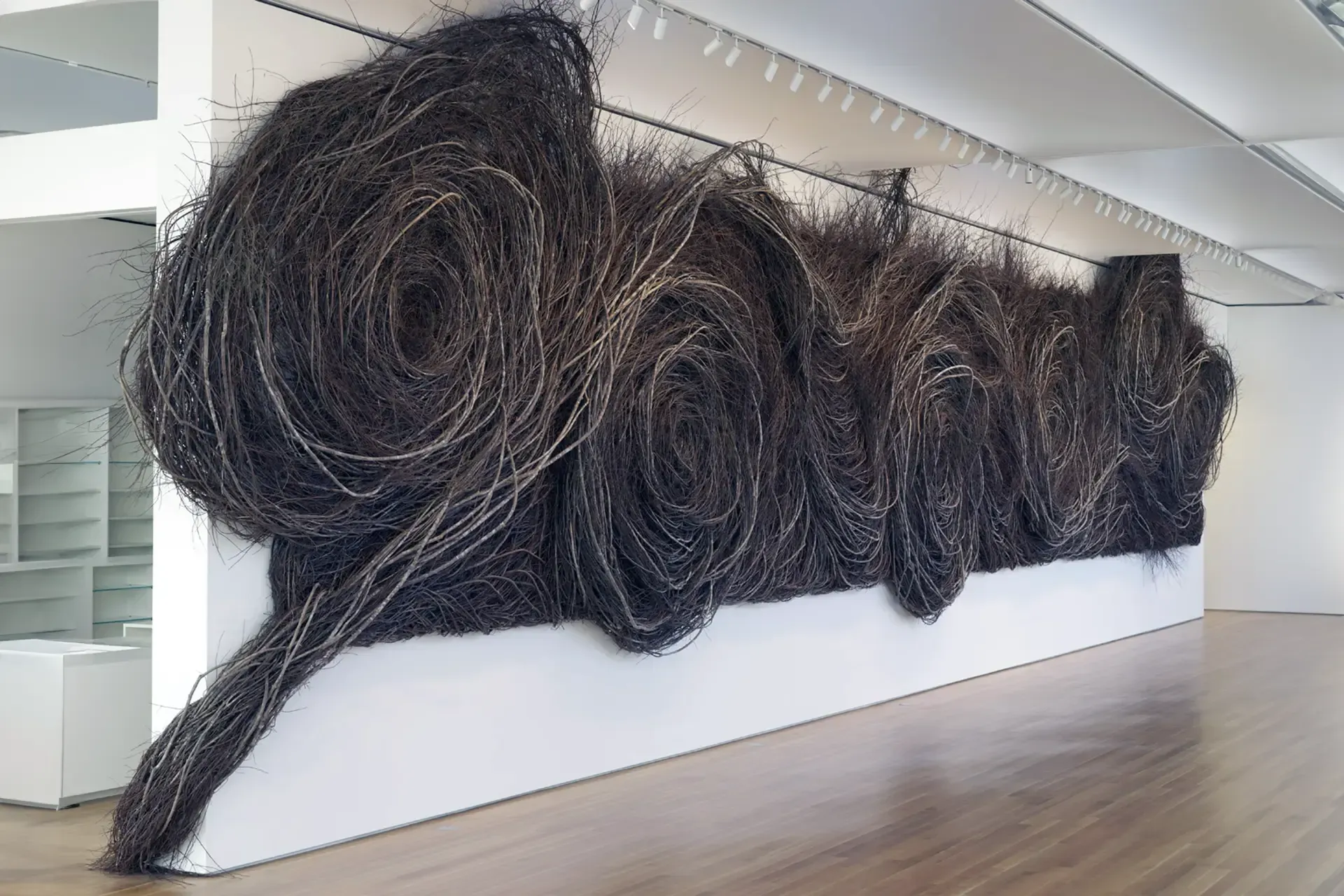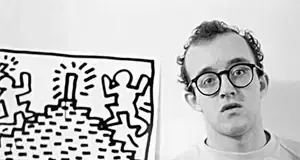Beginners Guide to Art Movements and Styles
The world of art is a winding path with countless styles and movements that have shaped the way artists perceive and create contemporary visual art. Whether you're a budding artist, an enthusiastic art collector, or simply someone interested in art history, understanding the different art movements and styles can ignite a new spark of appreciation for the art world. This guide will introduce you to some of the most significant art movements, guiding you through the diverse landscape of artistic expression.
What Are Art Movements?
Art movements are periods of time in art history when artists followed a particular style or philosophy. These movements often reflect broader cultural, social, and political contexts, influencing the themes, techniques, and forms of the works produced.
A Brief Overview of Major Art Movements and Their Characteristics
- Renaissance (14th-17th Century)
- Characteristics: Emphasis on classical antiquity, humanism, realistic perspective, and proportion.
- Notable Artists: Leonardo da Vinci, Michelangelo, Raphael.
- Baroque (17th-18th Century)
- Characteristics: Dramatic use of light and shadow, intense emotions, grandeur, and movement.
- Notable Artists: Caravaggio, Peter Paul Rubens, Rembrandt.
- Rococo (18th Century)
- Characteristics: Ornate, playful, light-hearted themes, pastel colors, and intricate details.
- Notable Artists: François Boucher, Jean-Honoré Fragonard.
- Neoclassicism (18th-19th Century)
- Characteristics: Inspiration from classical art and culture, emphasis on simplicity, symmetry, and rationality.
- Notable Artists: Jacques-Louis David, Jean-Auguste-Dominique Ingres.
- Impressionism (Late 19th Century)
- Characteristics: Focus on light and color, short brushstrokes, capturing moments of everyday life.
- Notable Artists: Claude Monet, Auguste Renoir, Edgar Degas.
- Key Characteristics of Impressionism
Impressionism, which emerged in the late 19th century, focuses on capturing light and natural forms with short, visible brushstrokes. Artists like Claude Monet and Auguste Renoir, known for their iconic works such as Monet's 'Water Lilies' and Renoir's 'Dance at Le Moulin de la Galette ', sought to depict moments of everyday life with an emphasis on the effects of light and color rather than precise detail, - Post-Impressionism (Late 19th Century)
- Characteristics: Diverse styles, emotional and symbolic content, vivid colors, and structural forms.
- Notable Artists: Vincent van Gogh, Paul Cézanne, Georges Seurat.
- Cubism (Early 20th Century)
- Characteristics: Abstracted forms, geometric shapes, multiple perspectives.
- Notable Artists: Pablo Picasso, Georges Braque.
- Surrealism (1920s)
- Characteristics: Dream-like scenes, illogical compositions, exploration of the unconscious mind.
- Notable Artists: Salvador Dalí, René Magritte.
- Abstract Expressionism (1940s-1950s)
- Characteristics: Emphasis on spontaneous, automatic, or subconscious creation, large-scale works, and abstract forms.
- Notable Artists: Jackson Pollock, Mark Rothko.
- Pop Art (1950s-1960s)
- Characteristics: Bold colors, use of popular culture and mass media, irony, and satire.
- Notable Artists: Andy Warhol, Roy Lichtenstein.
- Minimalism (1960s)
- Characteristics: Simplicity, use of geometric shapes, focus on materials and space.
- Notable Artists: Donald Judd, Agnes Martin.
- Contemporary Art (1970s-Present)
- Characteristics: Diverse styles and mediums, emphasis on concept and context, global influences.
- Notable Artists: Damien Hirst, Jeff Koons, Ai Weiwei.
The Difference Between Modern and Contemporary Art
Modern Art generally refers to the artistic works produced roughly between the 1860s and the 1970s, characterized by a deliberate departure from traditional styles and an exploration of new techniques and perspectives. Movements such as Impressionism, Cubism, and Abstract Expressionism fall under this category.
Contemporary Art, a realm of endless possibilities, encompasses art produced from the 1970s to the present. It is a vibrant tapestry of diversity, characterized by the use of new media and technologies. Contemporary art often addresses current issues and is more conceptually driven, inviting you to delve deeper into the world of art and explore its ever-evolving landscape.
Embarking on the journey to find your art style is a personal and empowering experience. It's essential to experiment with different mediums and techniques, visit galleries, and explore various art movements. Try creating works in styles that resonate with you, and over time, you will develop a unique artistic voice that reflects your interests and experiences, empowering you to create art that is truly yours.
While "ease" is subjective and varies from person to person, many find that Impressionism is accessible due to its focus on light and color rather than precise details. Its emphasis on capturing moments with loose, quick brushstrokes can be less intimidating for beginners.
Conclusion
Art movements and styles offer a rich tapestry of human creativity and cultural expression. By understanding these different movements, you can better appreciate the diverse works of art and perhaps even find inspiration for your own artistic journey. Whether you're drawn to the dreamy scenes of Surrealism, the bold statements of Pop Art, or the simplicity of Minimalism, there's a world of art waiting to be explored.
Happy collecting and creating!



